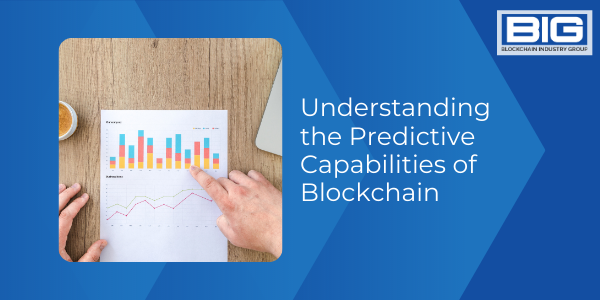
The Blockchain is a digital public ledger that can record transactions across multiple computers. It was first developed to assist in Bitcoin transactions, but has since expanded to other industries. Blockchain technology is utilized in the finance industry, healthcare systems, and even for tracking supply chains.
The Blockchain can even assist with the current pandemic‘s relief efforts. It can serve as a reputable source of information for COVID-related statistics and demographics, as well as tracking and tracing data. Moreover, since the Blockchain is a decentralized and immutable digital system, one can be sure that the data stored in its blocks are unaltered.
Indeed, the Blockchain is a versatile tool that can be utilized in any industry, and this is primarily because of its robust data storage system. After all, keeping track of data and information is a staple in any enterprise.
While no one can deny the importance of a secure data storage system, it would be a waste to let all that information remain unused. This is where data science, specifically predictive analytics, becomes useful. In this article, we’ll be discussing the link between Blockchain technology and predictive analytics, and how it can be utilized.
The Technological Barrier Surrounding Predictive Analytics
Predictive analytics entails the process of getting insights into possible future events by analyzing past data. Simply put, it answers the question “What might happen?” This is precisely why, like the Blockchain, it is useful across all industries.
Unfortunately, the utility of predictive analytics stands behind a technological barrier, and for multiple reasons. A study by Attaran & Attaran cites the challenges in implementing predictive analytics in the business or institutional model. One glaring issue is the lack of a singular source of data. For predictive analytics to come up with accurate insights, it needs to process a huge volume of data. And often, businesses and enterprises do not have access to that, especially smaller companies. Luckily, this is something the Blockchain can help with.
How Blockchain Technology Can Break Down That Barrier
Blockchain technology presents a large-scale data storage system that is secure and accessible. With it, businesses and institutions can compile huge amounts of data that they can later use for predictive analyses. Even smaller companies can utilize this method through a pay-per-use system. And since the Blockchain is immutable, one can rest assured that their data is not being tampered with.
However, while predictive analytics is more accessible with Blockchain, it still requires training with data and analytics tools. This is another challenge cited in the aforementioned study — the lack of data scientists to assist in a company’s internal operations. The good news is that higher education institutes have responded to this challenge by offering data science and analytics as not just an on-campus degree but also as a 100% online course, with the same validity as a traditional degree. This is aimed at those who want to further their education without committing to visiting a campus full time. An online masters programs in data analytics includes lessons in the latest database principles and predictive modelling (which will likely now include examples of Blockchain). By learning to make sense of data with analytical tools, you’d be able to implement a system of predictive analysis in your company’s operations. You’d also gain a better understanding of how Blockchain technology could expedite such processes.
The Future of Predictive Analytics
In a digital world with a greater reliance on data, predictive analytics is becoming a necessity. It’s being utilized in industries across the board. For example, in the healthcare industry, predictive analytics is used to pinpoint trends and similarities among cases — correlations in patient data, common symptoms for varying diseases, and the possible influences of past and current diseases. By using this data to map out potentialities, healthcare professionals are better equipped to deal with future cases.
However, such practices remain inaccessible to many, making it yet another tool only available to the elite. But Blockchain technology can alter this paradigm. It allows more users access to advanced data storage and analysis tools. And with it, we can break down the technological barrier that surrounds data analytics.
By JBraund, BIG Volunteer Writer



